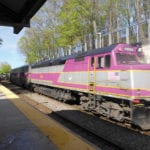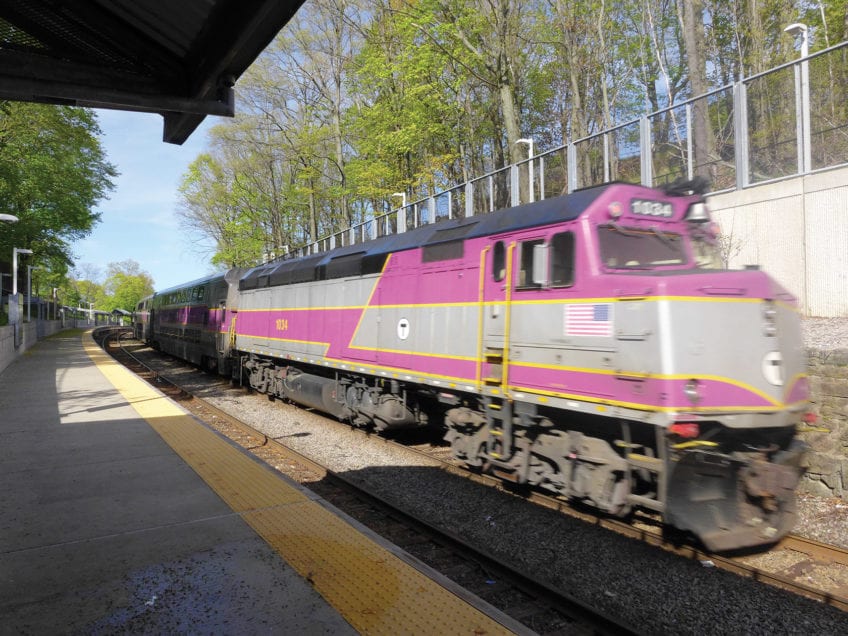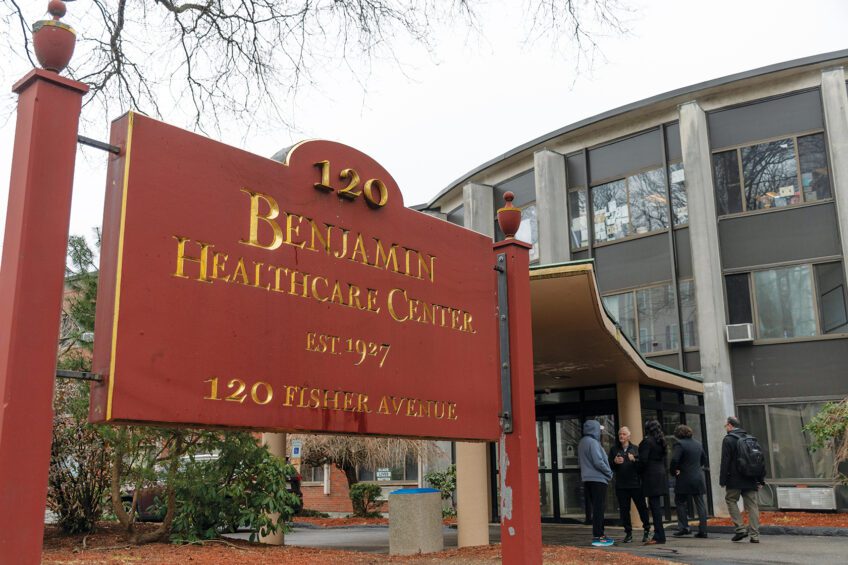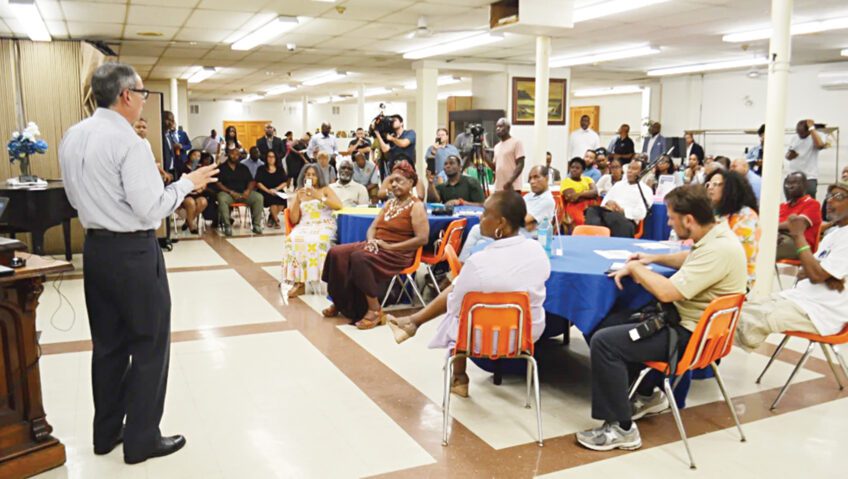With less than three weeks to go before the Nov. 8 City Council election, political activists are concerned that a recurring pattern of declining voter participation will erode gains blacks, Latinos and Asians have made in city politics.
Because there is no mayoral election this year, voter turnout could be as low as the 13 percent turnout the city saw in the last non-mayoral balloting in 2007.
“It’s scary,” says Mass VOTE Co-Director Cheryl Crawford. “People are not paying attention to this election.”
In 2008, the year President Barack Obama’s name appeared on the ballot, 62 percent of registered voters turned out for the election. That stands as a high watermark for Boston elections in recent years. State representatives and senators were running for election and well-funded ballot questions may also have helped push turnout.
This year, as was the case in 2007, the city councilors are the only ones appearing on the ballot.
When turnout is low across the city, it’s particularly low in black, Latino and Asian communities. In the 2007 election, turnout in Roxbury’s Ward 12, which is predominantly black and Latino, was 13 percent. But in Ward 20, which is predominantly white, turnout was 23 percent.
In the aftermath of that election, at-large Councilor Felix D. Arroyo lost his seat to John Connolly, a challenger whose West Roxbury base out-voted the inner city neighborhoods’ black and Latino candidates have traditionally depended on.
This year’s preliminary council balloting underscored the gap between turnout in white communities and communities of color. In Dorchester’s District 3, where seven candidates squared off to fill an open seat, 7,400 people voted.
In District 7, which includes Roxbury and parts of Dorchester, Jamaica Plain and the South End, just 2,488 people turned out in a four-way race to oust newly-elected councilor Tito Jackson.
In political circles there is speculation that challenger Michael Flaherty, who is seeking to regain a council seat he gave up in 2009 to run for mayor, could eliminate Ayanna Pressley or Felix G. Arroyo, both of whom are in their first term as at-large councilors.
Just three of the council’s 13 members are black. Arroyo is the sole Latino. For decades activists in the black, Latino and Asian communities have fought for greater representation on the council, both through electing candidates of color and through holding white councilors accountable.
Often, votes on key issues before the council — like rent control and approval of the mayor’s budget — split along racial lines.
Activists say losing either of the two at-large candidates could be a blow for people of color in Boston.
“This is a pivotal year for our community,” says community activist Bruce Bickerstaff. “We’ve heard for so long that we can dictate the outcome of elections. We need to step up.”
Beyond the loss of any single official, the community loses political clout when voter turnout is low, according to political activist Dan Janey.
“Sections of the city get noticed and get the perks based on how well they vote,” he said. “They get the best snow plowing, the best schools.”
Crawford says Mass VOTE and the Boston branch of the NAACP are working to boost turnout in low-voting communities in Boston. Last weekend, volunteers registered 200 new voters. In the weeks leading up to the election, community-based organizations plan to door-knock and phone-bank to remind registered voters about the Nov. 8 election.
There’s no guarantee those tactics will prevent a repeat of 2007, though. The same coalition of organizations worked in that year as well with little to show for it.
“I’m always concerned about turnout,” Janey says. “I don’t know what it takes to get people to vote.”
Voter apathy is not confined to the city’s black, Latino and Asian neighborhoods. In the 2007 election, turnout in the Ward 4, which includes the Fenway and Kenmore Square was just 8 percent. Turnout in Ward 5, which covers the Back Bay and Beacon Hill, was just 7 percent.
But Janey says the lack of voter participation in the Back Bay is offset by the deep pockets the residents of that neighborhood are endowed with.
“They have the money to back a campaign,” he notes. “Politicians pay attention to that.”






